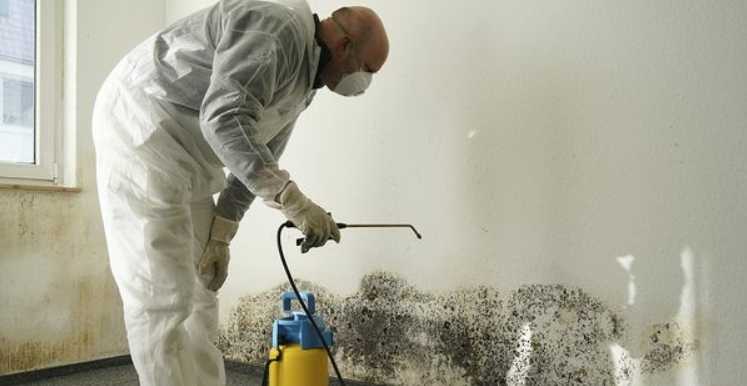If you’re dealing with mold issues in your home, you’re not alone. Mold can thrive in various conditions, and it’s essential to understand how to effectively fix mold problems to ensure a safe and healthy living environment. In this blog, we’ll discuss what mold is, the risks it poses, and step-by-step methods to tackle mold infestations.
What is Mold?
Mold is a type of fungus that grows in moist environments. It can appear in various colors, including black, green, and white, and often has a musty odor. Mold reproduces through spores, which can become airborne and spread quickly throughout your home, making prompt action crucial.
Why You Need to Fix Mold
Ignoring mold can lead to serious health and structural problems. Here are a few reasons why you should address mold issues immediately:
- Health Risks: Mold can cause a range of health issues, including allergies, asthma, and respiratory problems. Those with weakened immune systems are particularly vulnerable.
- Property Damage: Mold can damage building materials, leading to costly repairs. It can weaken wood, drywall, and insulation, compromising your home’s structural integrity.
- Unpleasant Odors: Mold can create a musty smell that permeates your living space, making it uncomfortable for you and your family.
Steps to Fix Mold in Your Home
1. Identify the Source of Moisture
The first step in fixing mold is to find and eliminate the source of moisture. This could be due to leaks, condensation, or high humidity levels. Check common problem areas, such as:
- Bathrooms
- Kitchens
- Basements
- Attics
2. Assess the Mold Situation
Evaluate the extent of the mold growth. For small patches (less than 10 square feet), you may be able to handle it yourself. However, larger infestations or those hidden behind walls may require professional help.
3. Gather Your Cleaning Supplies
If you’re tackling a small mold problem, gather the necessary supplies:
- Protective gear (gloves, mask, goggles)
- Cleaning solution (a mixture of water and detergent or a commercial mold remover)
- Scrub brushes or sponges
- Plastic bags for disposal
- Fans or dehumidifiers
4. Clean and Remove Mold
- Small Areas: For areas under 10 square feet, scrub the moldy surface with your cleaning solution. Ensure proper ventilation and wear protective gear to avoid inhaling spores.
- Large Areas: For larger infestations, it’s best to consult with professionals who can safely contain and remove the mold.
5. Dry the Area Thoroughly
After cleaning, dry the affected area completely. Use fans and dehumidifiers to reduce humidity, which is crucial for preventing mold from returning.
6. Implement Preventive Measures
To keep mold from coming back, consider the following preventive measures:
- Control Humidity: Keep indoor humidity levels below 60%. Use dehumidifiers in damp areas and ensure proper ventilation.
- Fix Leaks Promptly: Address any leaks in your plumbing, roof, or walls immediately to prevent moisture buildup.
- Improve Airflow: Open windows and use exhaust fans in kitchens and bathrooms to promote airflow.
When to Call Professionals
If mold covers a large area or if you have health concerns, it’s advisable to call a professional mold remediation service. They have the expertise and equipment to safely remove mold and prevent future growth.
Conclusion
Fixing mold in your home is essential for maintaining a safe and healthy environment. By identifying moisture sources, cleaning effectively, and implementing preventive measures, you can tackle mold problems head-on. For more expert advice and assistance, visit FixMold.com and take the first step toward a mold-free home today!





Comments